You are here
What It's Like In The Editing Phase of a Craft Book
Image by Laura Ritchie, via Flickr. I thought it was hilarious, but should say, I've never had an editing experience remotely like this one.
In the past couple weeks, I've been in the editing phase of my forthcoming book. (Spring 2015!) And this is a phase of the book-authoring process I don't think I've seen anyone write about. Probably because it's not all that glamorous! But I do like to lift the curtain on the whole process for those who dream of book-writing, so I'll share a bit of what it's like.
The editing phase is the first moment in a book project where you start making a big transition, from the solitary hours you spent making and writing your book into a new collaborative space with many other professionals. It can be a little unnerving the first time, especially if you're used to blogging or tutorial/pattern writing, where you get to make all the decisions.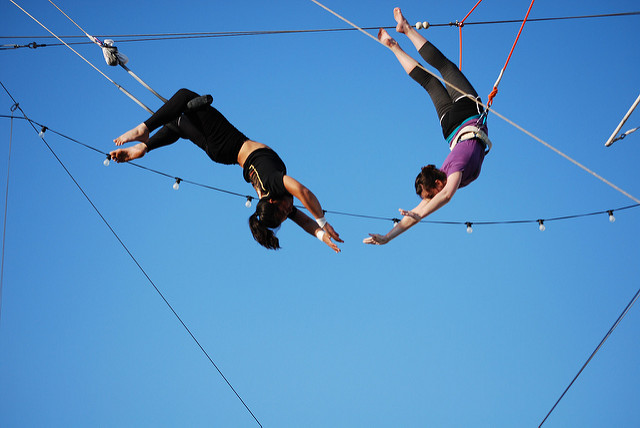
Image by Laura Bittner, via Flickr
…Not that you'd want to make all the decisions involved in producing a book by yourself! Making a craft instruction book requires a staggering number of them. I mean, you've made what feels like one million creative decisions designing the projects, and another million linguistic and grammatical ones as you write the text. But that's just the beginning. Your editorial team has editorial decisions to make about how your work will be structured and presented overall. Then there are spelling, punctuation, and clarity decisions to make as the copyeditor goes to work.
Your photographer, stylist, and/or illustrator have all kinds of decisions to make related to making your work look great and communicate well. The designers have decisions to make about how your work will be expressed visually in terms of typefaces, colors, page layout, and illustration. And later, they'll wrestle with decisions about making everything fit on pages in a logical order.
Book-making is truly a team sport, and here you are in the lineup.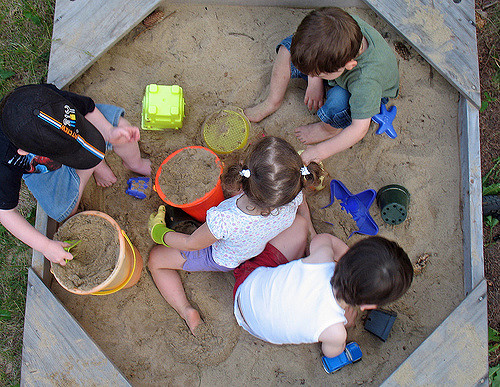
It's a tricky space to be in, because on the one hand, you're very fortunate to have all these professionals working with you and making your book better. And on the other hand, you've put so much love and work into your book, it's hard sometimes to let other people play in your sandbox. That's a perfectly human reaction, and I end up having it with every book, even as I deeply appreciate my whole editorial team.
The important thing to remember is, your publisher is making a significant financial investment in you. (How much does it cost to professionally edit, design, print, and distribute a book, let alone pay you an advance? A whole lot.) Your publisher, then, has every right for this book to represent them as well you. And that means working within their grammatical standards and presentation style. Hopefully, before you chose a publisher, you made sure their style worked with yours. And hopefully they did the same in choosing you.
Track changes look like this. Everyone who changes the text shows up as a different color in the margin, and every little change shows up in its own time-stamped notation.
Your view of your book during this editing phase of the process isn't particularly beautiful – orderliness is way more important at this stage. Your publisher will send you a copy of your manuscript that has been combed through by one or more editors – depending on the book, this might include a development editor, a technical editor, and a copy editor. (Some publishers will have several editors look it over before you see it, and others will send it through one editor, then to you, then another editor, then back to you, and so on.)
You communicate with these editors via something called "track changes" or "track comments," which are automated notations that live in your manuscript. When you or an editor type something new in your MS, an automatic note appears in the track changes column. And you can also insert comments that point to specific blocks of text. Your editors will use these to ask you questions or point out things they think aren't clear enough, and it's your job to answer or address them all.
A sample track comment, and my response.
Sometimes your MS will contain tons of track comments, sometimes only a few. The number isn't any reflection on how knowledgeable or talented you are – although it's easy to forget that sometimes, and assume that every comment means that you suck in some fresh way. But nobody involved is trying to break you down; they're trying to make your book better.
That said, track comments can sound a bit terse. They aren't the place for humorous asides or rambling – they need to be short and to the point. Which, I won't lie, makes reading them sometimes feel a little like being scolded. But they're never meant that way, and you can't take them personally. Your book is now a business entity, and it's time to keep a business mindset. (Not that this is always easy when you've put so much of yourself into this book.)
I do find it helpful to be very, very kind to myself during the edit phase of a book – a little extra chocolate, a nice walk in the park, a fabric splurge. A little self-care helps keep you from getting too emotional.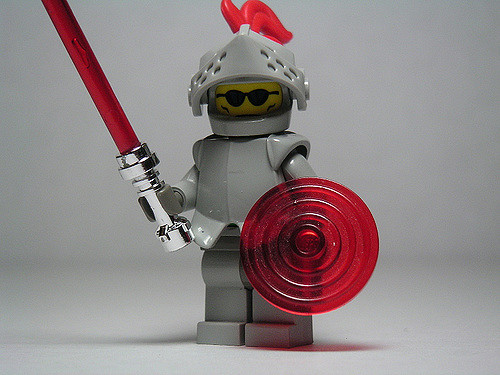
Image by Andrew Becraft, via Flickr
Usually, you'll find that you agree with many of the track changes your editors have made. (And more than once, your editors will totally save your patootie by catching a big error somewhere in your text.) But invariably, you'll run across a few changes you don't agree with. And here's where it's time to take a step back and "choose your battles wisely." Not that you're battling here! But you are deciding what is and is not worth arguing over.
As I said before, your publisher has a right to have this book represent their style and standards – and sometimes this means they'll want things said differently than you'd say them. I think this is particularly true when you're an author who's primarily a blogger, because in blogging, it's okay to write in a conversational style, using grammar and punctuation creatively to express mood and meaning. That kind of thing has to be balanced with professional style standards. (Although personally, I think few things can suck the life out of a sentence more efficiently than rigidly correct grammar.)
Image by clappstar, via Flickr
Anyway. When I come across changes my editors have made that I disagree with, I have to stop and assess how strongly I actually feel about it. Even now, in the fourth book project I've worked on, my knee-jerk reaction to these things is often "Stop Killing My Baby!!" Which is irrational and unprofessional. So I take a breath and ask myself: am I merely irritated that I can't use a semicolon in my own special way? Or do I truly feel like the edit is fundamentally compromising my meaning?
I also find it helpful to keep a separate running list of the edits I disagree with. Then, when I'm all done editing the manuscript, I can go back over that list and see if I'm feeling differently about any of them. (Sometimes fatigue or low blood sugar create annoyance that magically vanishes later.)
When I've narrowed down to a list of the changes I truly think are worth disputing, I then take my time crafting my notes back to my editor. Rather than saying "No way! You can't change that!", I try to explain why I think the change doesn't work. And I try to suggest one or more alternative solutions. That gives my editor and I a jumping off point to forge a good compromise.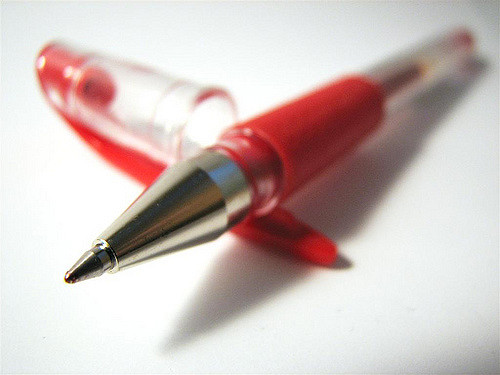
Image by Steve, via Flickr
Incidentally, this edit phase is also a great opportunity to see your book with fresh eyes (since usually, several months elapse between turning in the MS and receiving an edited copy back.) If, as you're reading, you think something needs a revamp, this is the time to speak! Don't wait and see if someone else notices. This is the last time it's easy and inexpensive for the publisher to make changes to your book, so act on your impulses. Discuss any major changes you're considering with your editors – they're there to help.
(And in case it's useful, I always, always find at least one sentence in every manuscript that makes me facepalm and groan, "Gah! What was I thinking when I wrote that?!")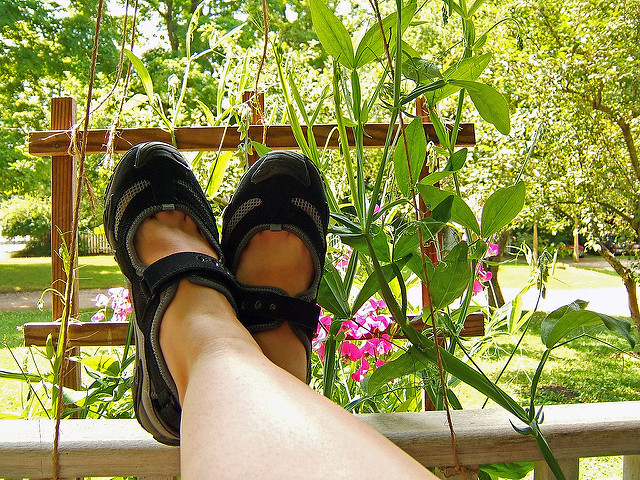
Image by tracy ducasse, via Flickr
Time is also a really important factor. I don't think too many of us can operate in our edit-brain for hours and hours at a time – editing is fatiguing. The trick is to cultivate enough freshness that your impressions of your work will be similar to those of an average reader. And when you're deeply, intricately bonded with the work, that's freaking tricky. I can only work on my edits for a couple hours at a time, and then I have to step away for quite a while and refresh.
If you're lucky (and I am right now), your publisher will give you a deadline with enough room in it to allow for these breaks. Though honestly, in my book-writing experience, this isn't always the case.
From here, your book moves on to the design and layout phase of the process. The next time you see it, it'll be pretty! (I'm so excited to see how mine turns out, I can hardly stand it.)
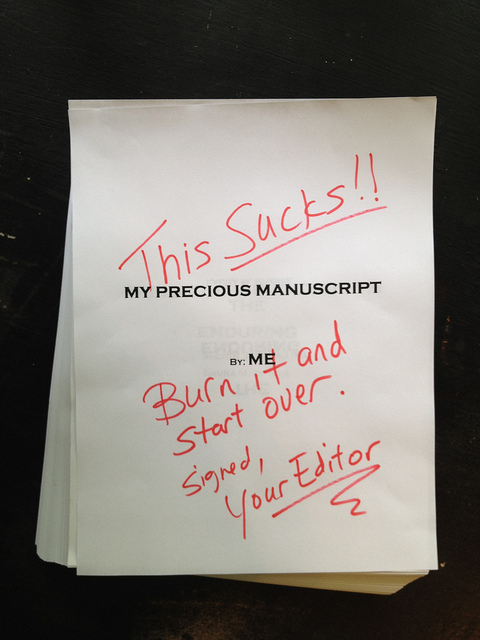
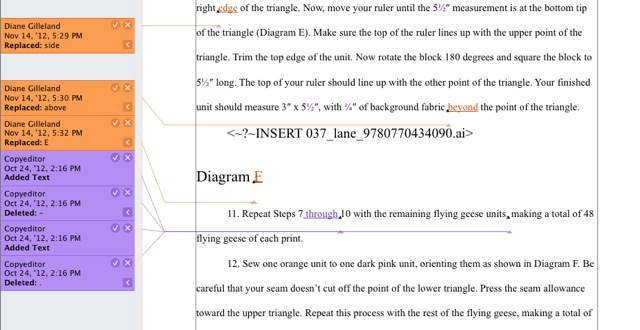
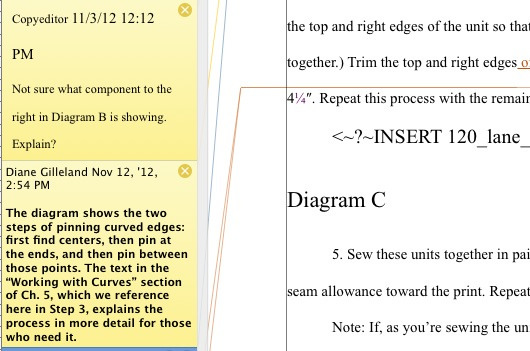

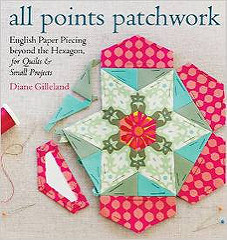
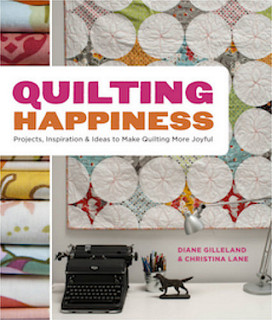
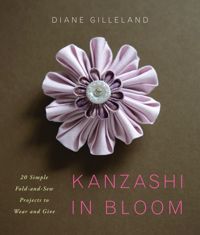
![Validate my RSS feed [Valid RSS]](../../../sites/files_cp7/valid-rss.png)
Comments
Hee hee, "facepalm"! Thanks for another wonderfully descriptive curtain raising post Diane. I kept saying "yup that's what it's like!".
Congrats on reaching this milestone! Very excited for you even though the process has its trials.
Thank you, Cecelia! Yes, you've been through all of this stuff too! Even through the challenging parts, I like the process of making a book. And it sure makes me appreciate craft books differently now.
Congratulations on the new book! When I worked on editing mine, I went to the library...just couldn't do it at home. Too many things to distract me. Editing uses a completely different part of the brain, doesn't it?
It sure does... and seemingly, it's a part of the brain where my brain-muscles are weaker. I can sit and stitch for hours on end with no problems, but editing? I have to keep stopping.
Can't wait to see what the new book is about! I'm in the middle of Quilting Happiness right now :)
Ooh, fun! If you make anything from QH, I'd love to see pictures. And I can't wait until I can speak more freely about this book.
Thanks for giving this peak into the hidden back end of the editing process. I'm always interested in what other people's edits look like because I'm trying to break into editing myself. Plus, it's just cool.
Good luck finishing up the book!